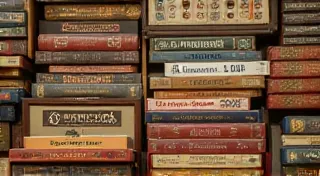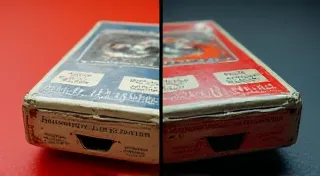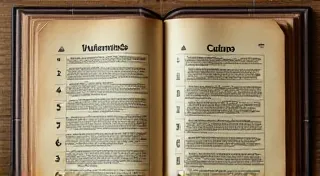Identifying First Editions: A Guide to Early Versions of Classic Board Games
Welcome to the fascinating world of vintage board game collecting! One of the most crucial aspects of determining a game's value and desirability is identifying its first edition. While later printings often retain the same core gameplay, first editions frequently possess unique features, box art variations, component differences, or rulebook alterations that significantly impact their rarity and collectibility. This guide will walk you through key indicators to help you differentiate first editions from subsequent printings.
Why First Editions Matter
First editions are prized by collectors for a number of reasons. They represent the initial release of a game, often reflecting the creative vision of the original designers and artists. Lower production numbers, sometimes due to initial market testing or changes in manufacturing processes, contribute to their scarcity. The historical significance of being the 'original' also holds considerable appeal. Ultimately, first editions command higher prices in the collectible market.
Key Identifying Features to Look For
Identifying a first edition isn't always straightforward, and requires careful observation. Here's a breakdown of common areas to inspect:
1. Box Art and Design
Often, the most obvious differences between first editions and later printings lie in the box art. Changes can be subtle – a slight alteration in a character's pose, a different color scheme, or even the logo’s font. Sometimes, publishers experiment with different artwork before settling on the final design. Comparing the box to known images of the first edition is crucial. Many online resources and collector forums provide reference materials.
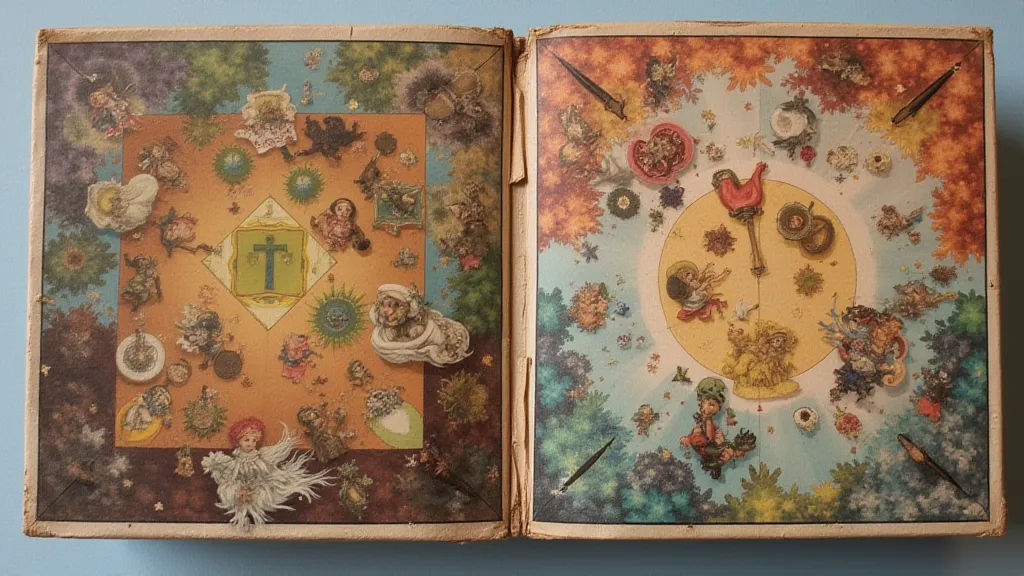
2. Rulebooks
The rulebook is a goldmine of information. Early rulebooks often contain errors corrected in later printings. Look for typos, grammatical inconsistencies, or descriptions that differ from the game as it's actually played. Sometimes, early rulebooks contain clarifications or even slight modifications to the gameplay that were later removed. Pay close attention to the date of publication printed on the rulebook – this can be a helpful, though not always definitive, indicator.
3. Game Components
Components can vary considerably between first editions and later printings. This includes:
- Card Stock and Finish: Early cards might be thinner, have a different finish (glossy vs. matte), or use a different paper stock.
- Board Design: Subtle changes in the board’s layout or graphic design can be indicators of later printings.
- Piece Material: Early wooden pieces might be made from different types of wood, or have different detailing, compared to later plastic versions.
- Presence or Absence of Components: Sometimes, a component is included in the first edition but omitted in later versions, or vice-versa.
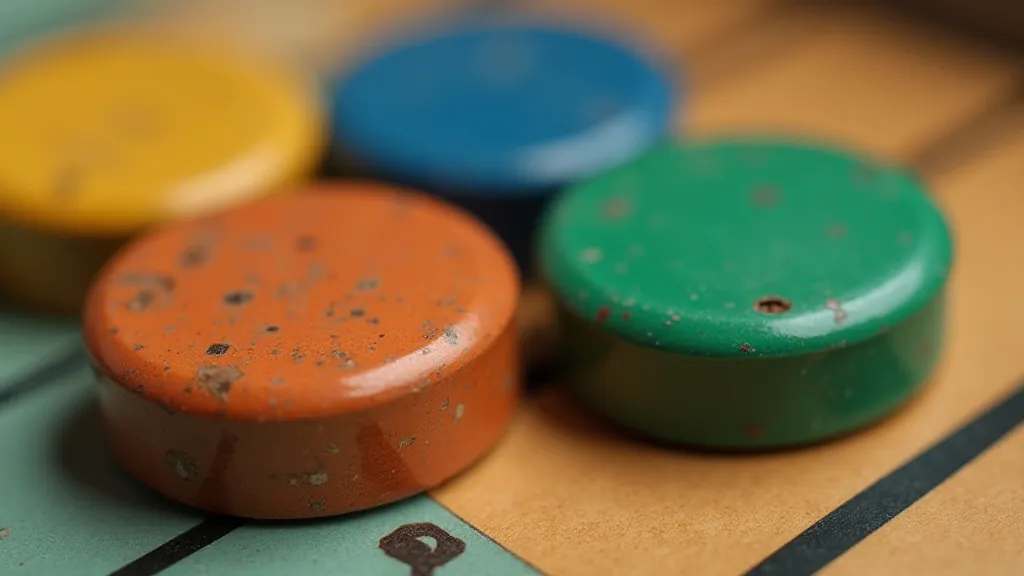
4. Copyright and Publication Information
Check the copyright date and publishing information printed on the box, rulebook, or game board. This information is often a vital clue, but be aware that it can sometimes be misleading (e.g., due to reprints with older copyright dates). Look for any identifying code numbers or production markings that might indicate the printing run.
5. Identifying Codes & Printing Marks
Many publishers used printing codes or identifiers on their games. These can be faint stamps, stickers, or embossed markings that indicate the manufacturing location or printing run. Researching the specific publisher's practices can help you interpret these codes. These are often subtle and require a keen eye and good lighting.
Examples of Notable First Edition Differences
Monopoly: Early editions featured a different box design and rule variations. The original Parker Brothers version had a much more ornate box and the rules were less standardized.
Clue (Cluedo): The first edition used different playing pieces than later versions and had a slightly different box design.
Scrabble: Early versions used different tile fonts and the box featured a different graphical layout.
Resources for Further Research
Identifying first editions requires diligent research. Here are some helpful resources:
- BoardGameGeek (BGG): A comprehensive online database with information on thousands of board games.
- Collector Forums: Dedicated forums where collectors share information and discuss identifying features.
- Auction Sites (eBay, Heritage Auctions): Study listings of first editions to learn what to look for.
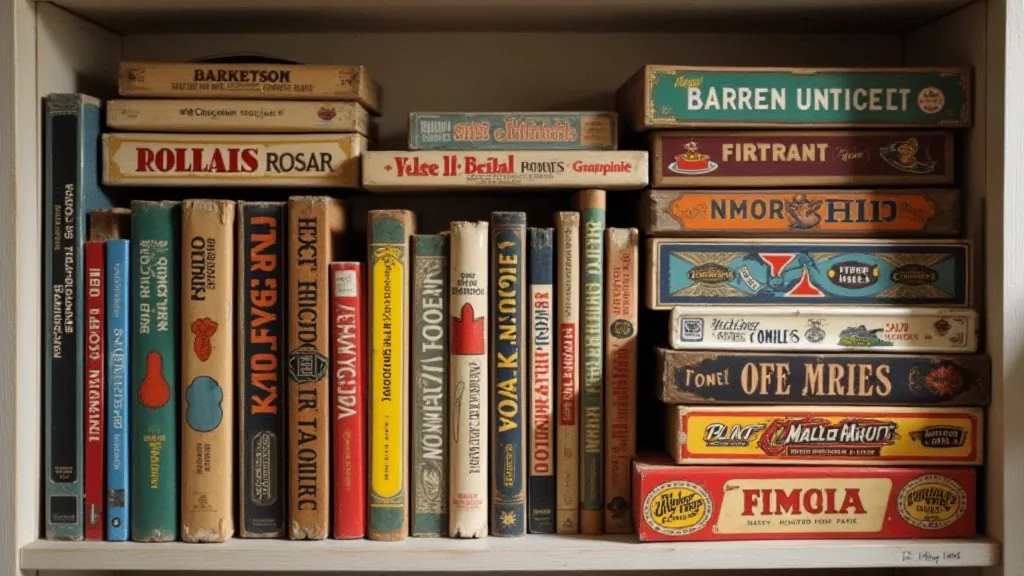
Good luck on your vintage board game collecting journey! With patience and careful observation, you're sure to unearth some valuable and historically significant treasures.
